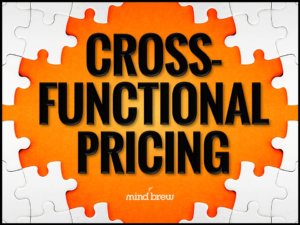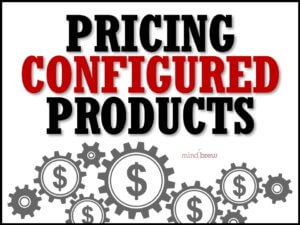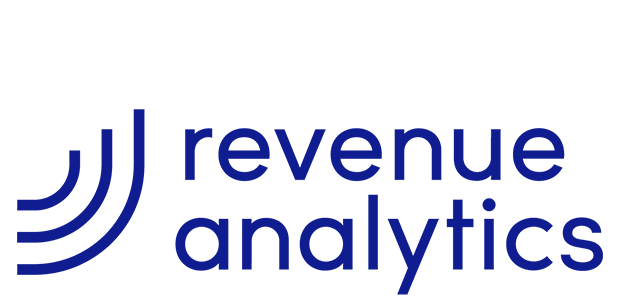55 years ago, the Apollo 13 mission–a successful failure as many refer to it as–occurred. If you’re not a space buff like me, this was the mission to the moon that nearly ended in disaster, but was saved thanks to some quick thinking and ingenuity from engineers and mission control. Back in 1995 (30 years ago…which makes me feel quite old), a great movie starring Tom Hanks covered the story as well.
There are many angles to the story, but one that has always fascinated me is how Mission Control responded. The engineers at NASA were great at anticipating problems—with procedures and contingencies for just about everything. Unfortunately, they didn’t anticipate the cascade of problems that would be created when an electrical spark caused Oxygen Tank 2 to explode 56 hours into the mission.
As the mission controllers scrambled to figure out what had happened and what to do next, just about all of their procedures and contingency plans went out the window. All of a sudden they were faced with challenges they had never contemplated before…
- How to power down mission-critical systems because they needed to conserve every bit of electrical power.
- How to maneuver manually since the astronauts couldn’t spare power for the navigation computer.
- How to use an engine that was only designed for landing and departing the moon to make course corrections to get back home.
Now, while the mission controllers had no plans for these problems, they did have something they could fall back on—the Mission Control creed that Lead Flight Director Gene Kranz had developed. One of it’s key principles was (and still is) this:
To always be aware that suddenly and unexpectedly we may find ourselves in a role where our performance has ultimate consequences.
The developments of the last few weeks with global trade in turmoil may not have been as shocking to us as that explosion on Apollo 13 was to mission controllers. But those of us in pricing roles, just like mission controllers back then, should recognize that our performance at this time has ultimate consequences.
As we’ve talked about recently, pricing needs to work to quickly get a handle on the supply and demand dynamics in your business and understand what changes need to be made to quotes, allocations or product lines. Pricing can also leverage times like these to take advantage of the fact that the rest of the business is actually paying attention to the pricing function.
And beyond those near-term challenges, companies will need to navigate the various twists and turns to get back to “normal”…whenever that may be. Working effectively with other groups and departments is more important than ever—just like it was for mission control 55 years ago. Others have found these resources to be helpful with exactly that:
More Effective Cross-Functional Pricing
Making Change Happen
Powerhouse Pricing Teams

In B2B, dedicated pricing teams are still a relatively new development. And as such, there are no long-standing rules for how everything should work. In this on-demand webinar, explore the common traits, characteristics, and behaviors of successful pricing teams that have been around longer than most.















